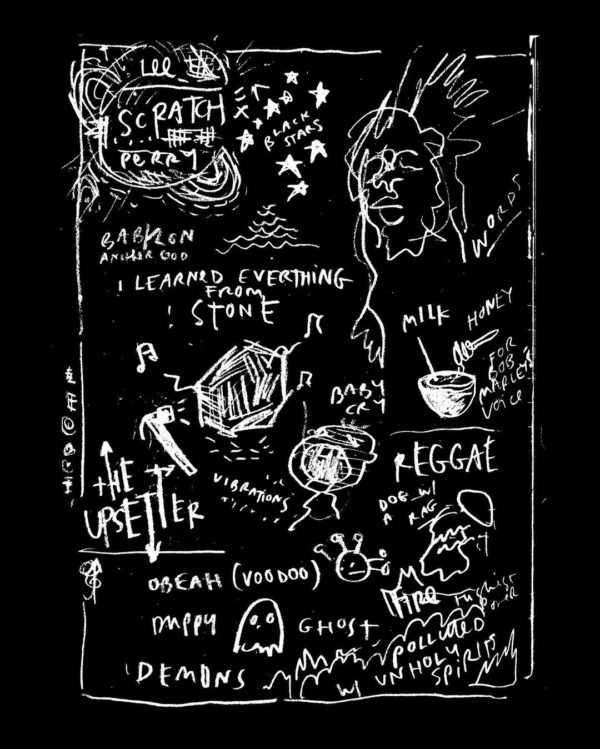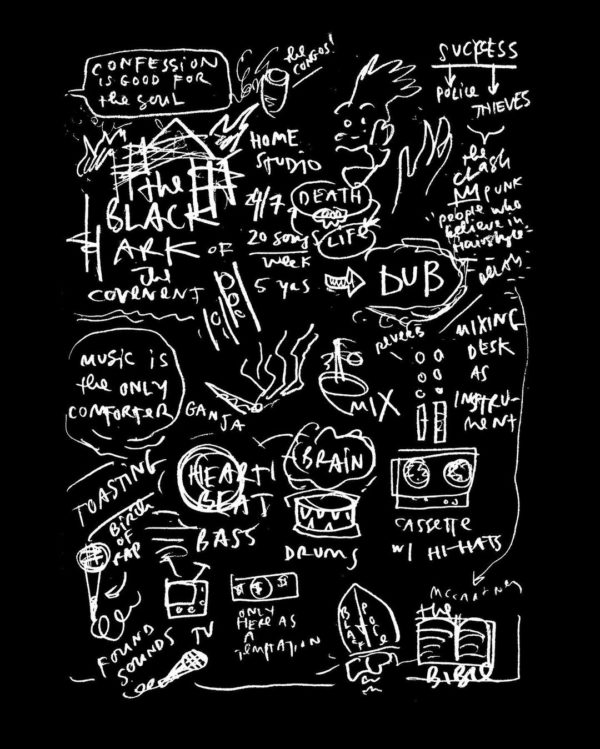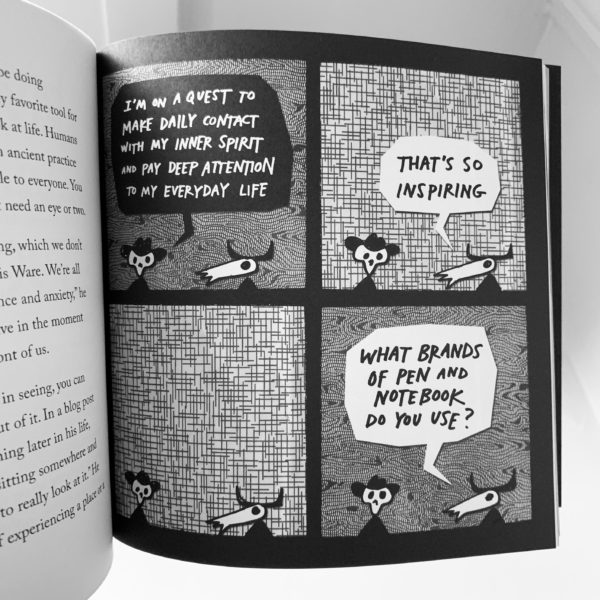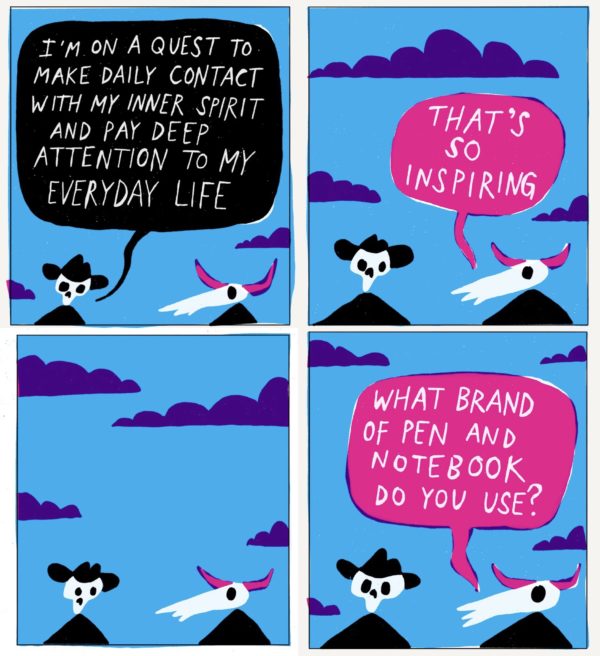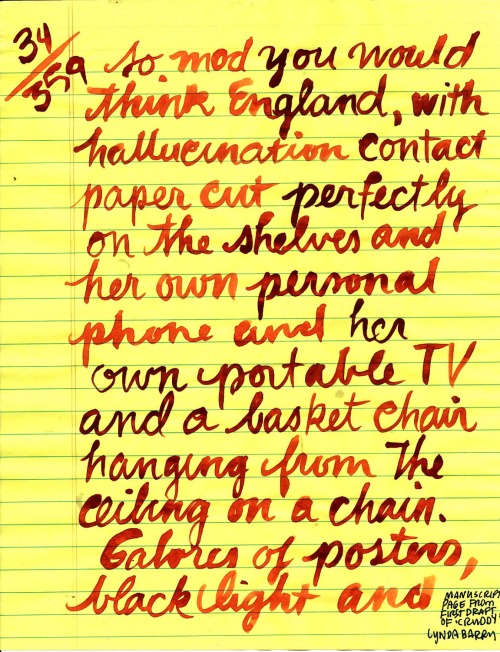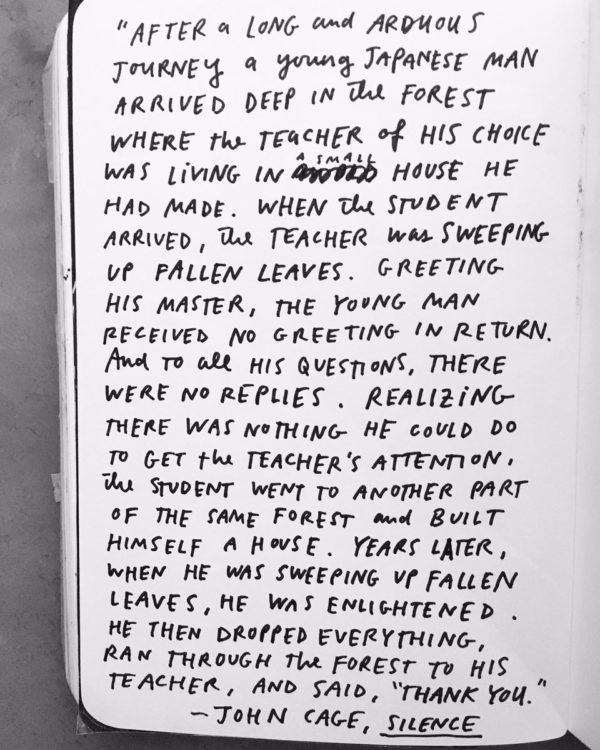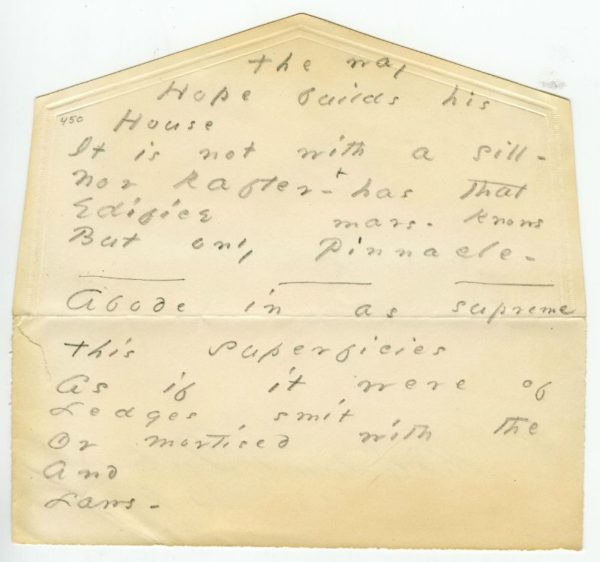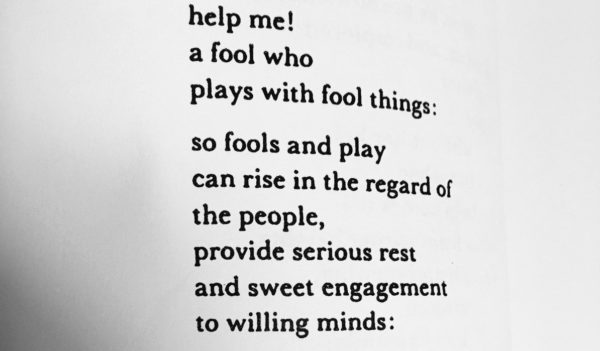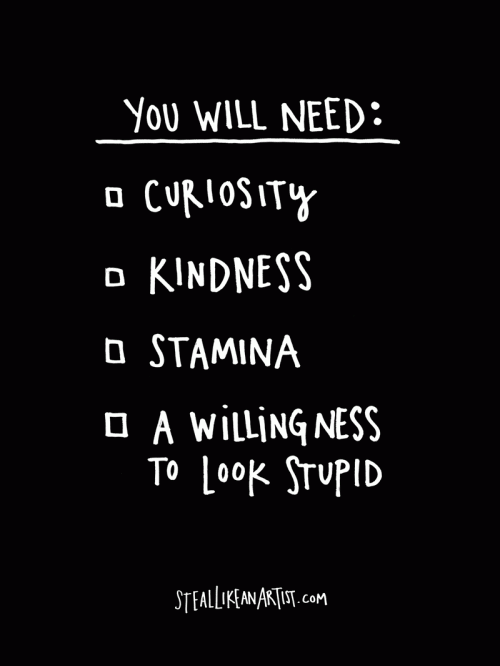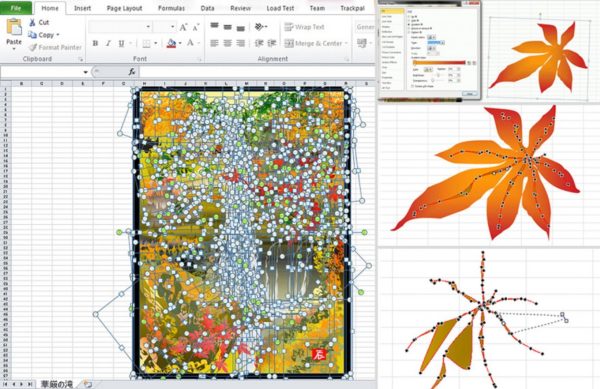I was delighted that Kevin Kelly had me back on Cool Tools to nerd out on video about four of my favorite tools:
- my beloved brush pens
- my date stamps
- iOS’s Live Text recognition
- my bicycle
If you enjoy this kind of thing, I dished about four other tools last year.
